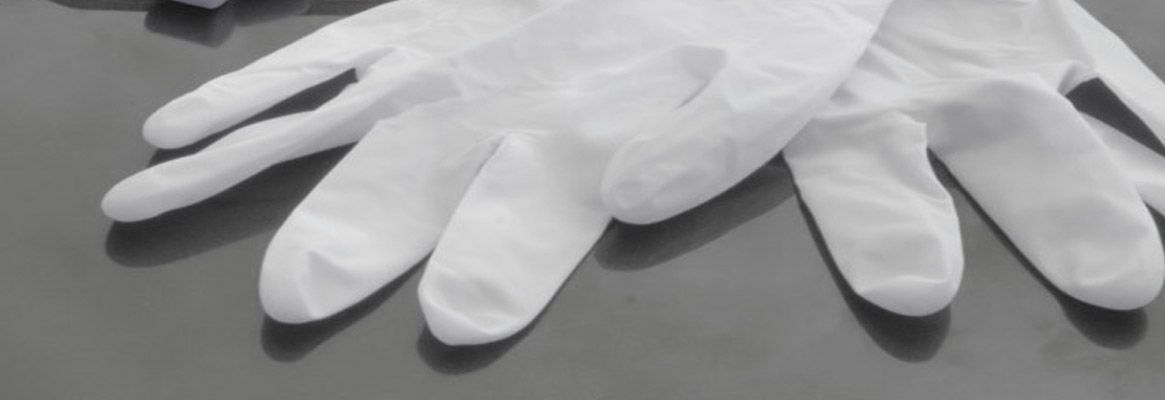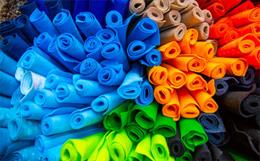The hygiene industrycontinues to be something of a force of nature when it comes to consistentgrowth; rain or shine, recession or boom, the industry has continued to deliver6.5% value growth since 2008. While other industries such as apparel orconsumer appliance can boast double digit growth in some years both suffered inthe aftermath of the financial crisis, not hygiene, an industry which continuedto 'plough on' seemingly ignorant of the worsening economic climate.
Hygiene productshave made themselves integral to modern life and through a combination of low(financial) access points, broad distribution and manufacturers' efforts topromote their brands have continued to trade well with further value gains of7% likely for 2014, the pace of growth picking up as the retail hygieneindustry will see sales fall just short of US$100 billion.
Key drivers ofgrowth were once again the emerging markets, with China in particular leadingthe way. In 2013, the country was responsible for over 50% of global incrementalvalue growth, which is a measure of just how significant China has become tothe health of the industry as a whole. Regardless of the size of its populationthe Chinese market (although economic growth has slowed) possesses anunparalleled combination of factors which have made for almost the perfectconditions for unfettered growth for both now and for the foreseeable future.
Relatively lowpenetration rates in the key diaper category, growing disposable incomes,prevailing hygiene awareness and manufacturers extending their distributionnetworks had a particularly positive influence. Even in sanitary protectionwhere penetration is in the 90th percentile premiumisation and thewider use of pantyliners has helped keep growth buoyant.
A one trick pony?
However, the hygieneindustry is not just a one trick pony as many of the beleaguered developedmarkets also reported value growth. In relative terms, retail incontinencerecorded the strongest growth rates among all hygiene categories, likely to posta 9% value increase in 2014, which, to a large extent, will be generated bydeveloped countries. Recession-weary economies such as Japan and Spain reportedmedium to high single-digit value growth rates, indicating that it is not alldoom and gloom for the hygiene industry in developed markets despite low birthrates, private label competition and tight financial budgets hampering (but notundermining) the industrys overall performance.
Expansion,expansion, expansion
With incomes finallycatching up in emerging markets, manufacturers, both international and local,are eagerly investing in new production facilities, looking for potentialacquisition targets and extending their product portfolios. While Procter &Gamble and Kimberly-Clark are banking on their strong international brandequity and are mainly opting for 'greenfield' investment or licensingagreements to manufacture their well-known brands locally, SCA has been on aspending spree for local players and brands.
In recent years, for example, the company has bought the hygiene manufacturers Pro Descart in Brazil, Pisa in Chile and Everbeauty in Taiwan, but was rather reserved in 2013, in the hygiene industry at least. However, SCA has made no secret of examining the market for further takeovers, with maybe an acquisition in a yet less embattled region such as Central Asia or sub-Saharan Africa already on the cards. Japanese manufacturer Unicharm has also looked for expansion and while until 2014 this had largely focused on the Asia Pacific region an investment in Brazil which will see its domestically produced diapers on sale in summer of this year - a significant development and a clear challenge to local and international players alike.
Breaking taboos
Making products accessible, both geographically and financially, will be the key endeavour for manufacturers in nappies/diapers/pants and sanitary protection over the medium term and beyond. In wipes and incontinence, on the other hand, manufacturers must focus on educating consumers. Incontinence remains a taboo in many Western countries, whereas it is already much more normalised in developed parts of Asia Pacific. Maybe it is time for an 'easternisation' of consumption culture in that respect.
The normalisation of light incontinence should be high on the agenda for 2014 and beyond. Many female consumers still use sanitary protection products as a substitute because of embarrassment. Procter & Gamble and Johnson & Johnson have responded to this by launching light incontinence products as extensions of their already existing sanitary protection brands. This approach might be a smart one over the short term, although more effort should be put into actually breaking the taboo so as to encourage talking about incontinence, especially if it is a temporary condition and related to stress or menopause.
Kimberly-Clark has taken the first step in this direction by launching a whole product range for menopausal women, which, apart from light incontinence, also includes lubricants and cooling products. The US launch of Poise was accompanied by a marketing campaign called "The Second Talk", in reference to the "first" talk mothers have with their daughters when reaching puberty. The campaign has proved to be a success. In the US, sales of Poise incontinence pads and liners increased by more than 7% over 2012/2013.
Disease prevention
While wipes are often not seen as essential, and with a vast amount of substitutes available, manufacturers find it difficult to convince consumers, particularly those with lower incomes, of the hygienic and time-saving properties of these products. That said, home care wipes, which still generate more than 95% of all sales in developed markets, saw sales stagnate, with personal wipes being the driver of overall category growth. In particular, baby wipes (up by 2%) and general purpose wipes (up by 5%) gained momentum in developing markets in 2013. With greater penetration of nappies/diapers, parents are also starting to buy into baby wipes as a convenient and safe product for their children's hygiene. Having reached sufficient incomes, this is a trend that can be observed particularly in Latin America and Eastern Europe.
Recent outbreaks of epidemics in developing countries have led to greater demand for general purpose wipes with antibacterial properties. Consumers are becoming more aware of how to prevent the spread of disease and have started to use wipes to disinfect hands and body while on the go. As public facilities in emerging markets often lack away-from-home tissue, consumers tend to carry their own tissues or wipes with them. In China, for example, value sales of personal wipes are forecast to grow by more than 14% in 2014.
Bright future
In a nutshell, 2013 was a solid year for the hygiene industry with 2014 looking to be similarly if not more positive, with positive growth forecast across all categories. Nappies/diapers and sanitary protection will continue to drive the industry's performance though to the end of the decade, with (constant) compound annual growth rate (CAGR) 4% and 3%, respectively a reasonable target and likely result.
Highly populated countries such as India and Indonesia are on the verge of surpassing the necessary income requirements and are seeing cultural constraints against disposable products slowly dissolve, while manufacturers in China are ambitiously expanding beyond first- and second-tier cities.
However, with incontinence gaining greater acceptance in developed markets, and manufacturers also starting to penetrate developing countries, the category is set to achieve a 6% constant value CAGR increase over the medium.
About the Author:
Ian Bell is a renowned author in the field of nonwovens and is associated with Euromonitor International.








